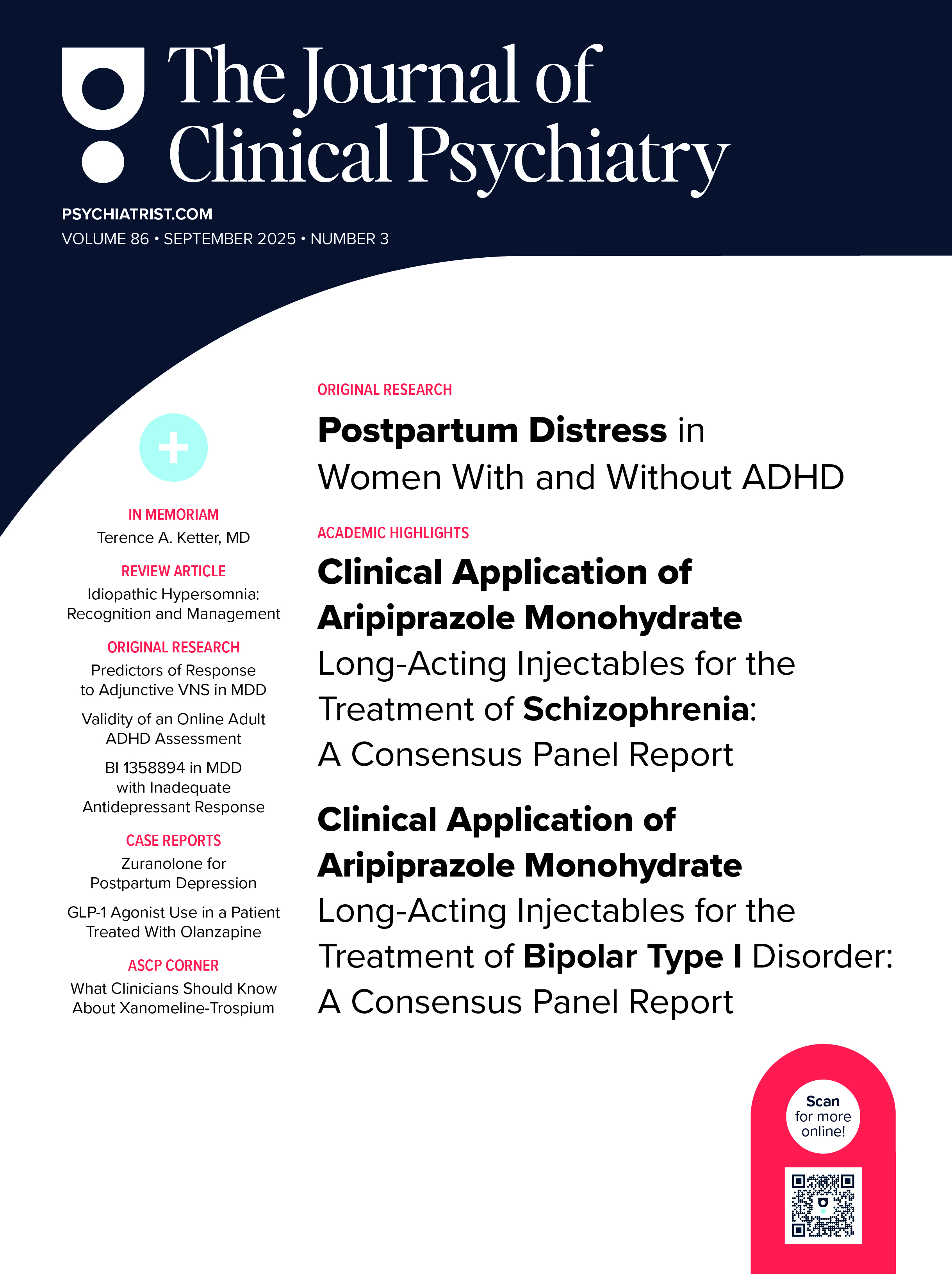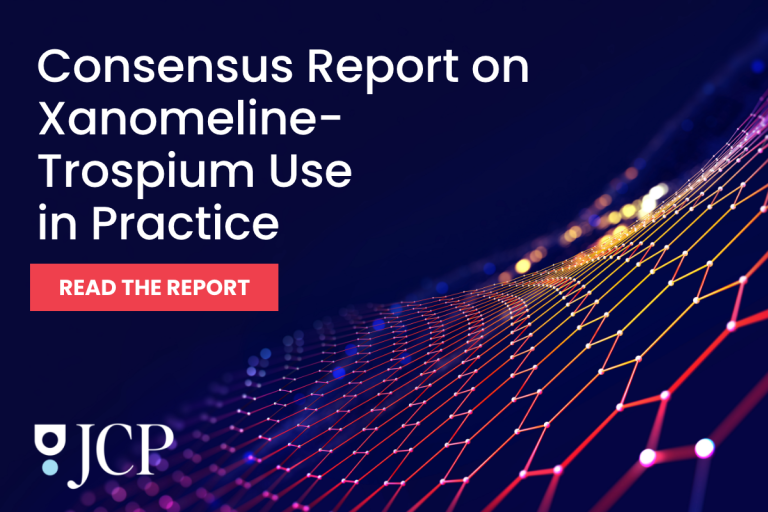
ABSTRACT
Objective: To examine the relationship between maternal postnatal depression and completion of infant vaccinations.
Methods: We conducted a cohort study using data from The Health Improvement Network (THIN), a large UK primary care electronic health record database. We identified 196,329 mother-infant pairs in which the infant was born between 2006 and 2015. Postnatal depression was identified through antidepressant prescriptions or diagnoses or symptoms of depression in first year after childbirth. Primary outcome was completion of three 5-in-1 vaccination doses in infants before 1 year of age; this vaccine protects against diphtheria, tetanus, whooping cough, polio, and Haemophilus influenzae type b. We used Poisson regression models to compare likelihood of infant 5-in-1 vaccine uptake among children of women with a record of postnatal depression to likelihood among those without.
Results: Of the 196,329 women, 20,802 (10.6%) had a record of postnatal depression and/or antidepressant prescription. There was no difference in infants’ 5-in-1 vaccination completion between those of mothers with a record and those of mothers’ without (adjusted incidence rate ratio [IRR] = 1.01; 95% CI, 0.99–1.02). Those from more socially deprived areas were less likely to complete infant vaccinations compared to those from the least deprived areas (IRR = 0.92; 95% CI, 0.90–0.93). Likelihood of completing infant vaccination decreased over time, comparing 2014–2015 to 2006–2007 (IRR = 0.90; 95% CI, 0.89–0.92).
Conclusions: Among mothers who engage with primary care, maternal postnatal depression is not associated with lower rates of infant vaccination, though more research is needed to conclude if either more severe depression or unrecognized depression is associated with lower completion rates.
Members Only Content
This full article is available exclusively to Professional tier members. Subscribe now to unlock the HTML version and gain unlimited access to our entire library plus all PDFs. If you’re already a subscriber, please log in below to continue reading.
References (32)

- Gavin NI, Gaynes BN, Lohr KN, et al. Perinatal depression: a systematic review of prevalence and incidence. Obstet Gynecol. 2005;106(5 Pt 1):1071–1083. PubMed CrossRef
- O’hara MW, Swain AM. Rates and risk of postpartum depression: a meta-analysis. Int Rev Psychiatry. 1996;8(1):37–54. CrossRef
- Beck CT. Predictors of postpartum depression: an update. Nurs Res. 2001;50(5):275–285. PubMed CrossRef
- Hahn-Holbrook J, Cornwell-Hinrichs T, Anaya I. Economic and health predictors of national postpartum depression prevalence: a systematic review, meta-analysis, and meta-regression of 291 studies from 56 countries. Front Psychiatry. 2018;8:248. PubMed CrossRef
- Santona A, Tagini A, Sarracino D, et al. Maternal depression and attachment: the evaluation of mother-child interactions during feeding practice. Front Psychol. 2015;6:1235. PubMed CrossRef
- Paulson JF, Dauber S, Leiferman JA. Individual and combined effects of postpartum depression in mothers and fathers on parenting behavior. Pediatrics. 2006;118(2):659–668. PubMed CrossRef
- McLearn KT, Minkovitz CS, Strobino DM, et al. Maternal depressive symptoms at 2 to 4 months post partum and early parenting practices. Arch Pediatr Adolesc Med. 2006;160(3):279–284. PubMed CrossRef
- Chung EK, Mccollum KF, Elo IT, Lee HJ, Culhane JF. Maternal depressive symptoms and infant health practices among low-income women. 2004;113(6)e523–e529.
- Zajicek-Farber ML. Postnatal depression and infant health practices among high-risk women. J Child Fam Stud. 2009;18(2):236–245. CrossRef
- Lyngsøe BK, Vestergaard CH, Rytter D, et al. Attendance of routine childcare visits in primary care for children of mothers with depression: a nationwide population-based cohort study. Br J Gen Pract. 2018;68(667):e97–e104. PubMed CrossRef
- Minkovitz CS, Strobino D, Scharfstein D, et al. Maternal depressive symptoms and children’s receipt of health care in the first 3 years of life. Pediatrics. 2005;115(2):306–314. PubMed CrossRef
- Turner C, Boyle F, O’Rourke P. Mothers’ health post-partum and their patterns of seeking vaccination for their infants. Int J Nurs Pract. 2003;9(2):120–126. PubMed CrossRef
- Farr SL, Dietz PM, Rizzo JH, et al. Health care utilisation in the first year of life among infants of mothers with perinatal depression or anxiety. Paediatr Perinat Epidemiol. 2013;27(1):81–88. PubMed CrossRef
- Watson JM, Kemper KJ. Maternal factors and child’s health care use. Soc Sci Med. 1995;40(5):623–628. PubMed CrossRef
- Vaccine Knowledge Project, Oxford Vaccine Group. 5-in-1 Vaccine (also called Pentavalent Vaccine). University of Oxford website. https://vk.ovg.ox.ac.uk/vk/5-1-dtapipvhib-vaccine. Published 2019. Accessed April 7, 2020.
- Screening & Immunisations Team (NHS Digital). NHS Immunisation Statistics: England, 2015–2016. NHS Digital website.https://files.digital.nhs.uk/publicationimport/pub21xxx/pub21651/nhs-imms-stat-eng-2015-16-rep.pdf. 2016.
- Screening & Immunisations Team (NHS Digital). COVER Team (Public Health England). Childhood Vaccination Coverage Statistics: England, 2018–2019. https://files.digital.nhs.uk/4C/09214C/child-vacc-stat-eng-2018-19-report.pdf. 2019.
- World Health Organization. European Vaccine Action Plan: 2015–2020. Copenhagen. WHO website. http://www.euro.who.int/__data/assets/pdf_file/0007/255679/WHO_EVAP_UK_v30_WEBx.pdf?ua=1. 2014.
- OECD. Child vaccination rates (indicator). OECD website. https://data.oecd.org/healthcare/child-vaccination-rates.htm. 2022.
- Michie S, van Stralen MM, West R. The behaviour change wheel: a new method for characterising and designing behaviour change interventions. Implement Sci. 2011;6(1):42. PubMed CrossRef
- Bhanu C, Gopal DP, Walters K, et al. Vaccination uptake amongst older adults from minority ethnic backgrounds: a systematic review. PLoS Med. 2021;18(11):e1003826. PubMed CrossRef
- Razai MS, Osama T, McKechnie DGJ, et al. Covid-19 vaccine hesitancy among ethnic minority groups. BMJ. 2021;372:n513. PubMed CrossRef
- NHS. Your baby’s health and development reviews. NHS website. https://www.nhs.uk/conditions/baby/babys-development/height-weight-and-reviews/baby-reviews/. 2020d
- Quintiles IMS. The Health Improvement Network Data Guide for Researchers. THIN website. https://www.the-health-improvement-network.com. Published 2017. Accessed October 28, 2021.
- Booth N. What are the Read Codes? Health Libr Rev. 1994;11(3):177–182. PubMed CrossRef
- Blak BT, Thompson M, Dattani H, et al. Generalisability of The Health Improvement Network (THIN) database: demographics, chronic disease prevalence and mortality rates. Inform Prim Care. 2011;19(4):251–255. PubMed CrossRef
- Bourke A, Dattani H, Robinson M. Feasibility study and methodology to create a quality-evaluated database of primary care data. Inform Prim Care. 2004;12(3):171–177. PubMed CrossRef
- Townsend P, Phillimore P, Beattie A. Health and Deprivation: Inequalities and the North. London: Routledge; 1989.
- Horsfall L, Walters K, Petersen I. Identifying periods of acceptable computer usage in primary care research databases. Pharmacoepidemiol Drug Saf. 2013;22(1):64–69. PubMed
- Maguire A, Blak BT, Thompson M. The importance of defining periods of complete mortality reporting for research using automated data from primary care. 2009;18(1):76–83.
- Petersen I, Peltola T, Kaski S, et al. Depression, depressive symptoms and treatments in women who have recently given birth: UK cohort study. BMJ Open. 2018;8(10):e022152. PubMed CrossRef
- NHS Digital. Fall in coverage for all routine childhood vaccinations in England in 2018–2019: NHS Digital website. https://digital.nhs.uk/news-and-events/latest-news/childhood-vaccination-coverage-statistics-2018-19. Published 2019. Accessed April 22, 2020.





